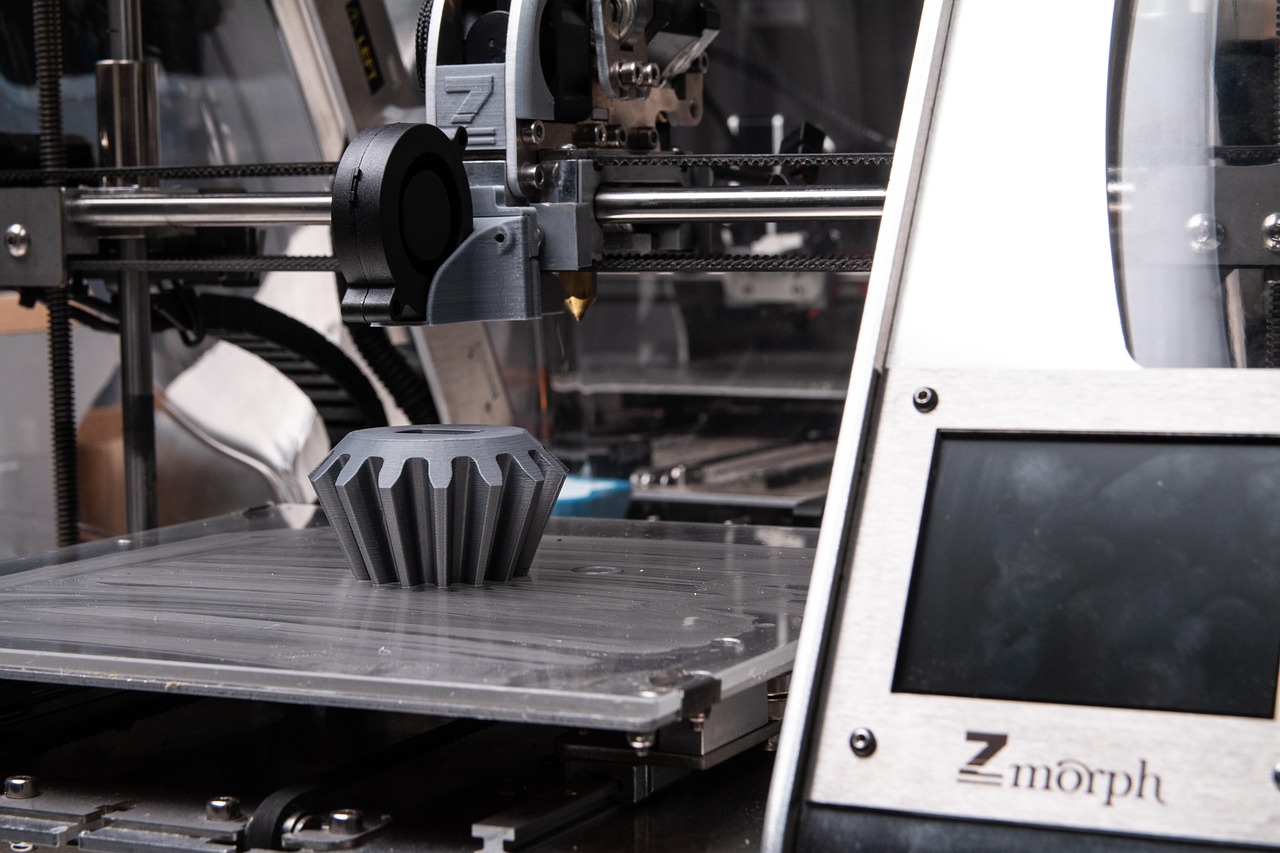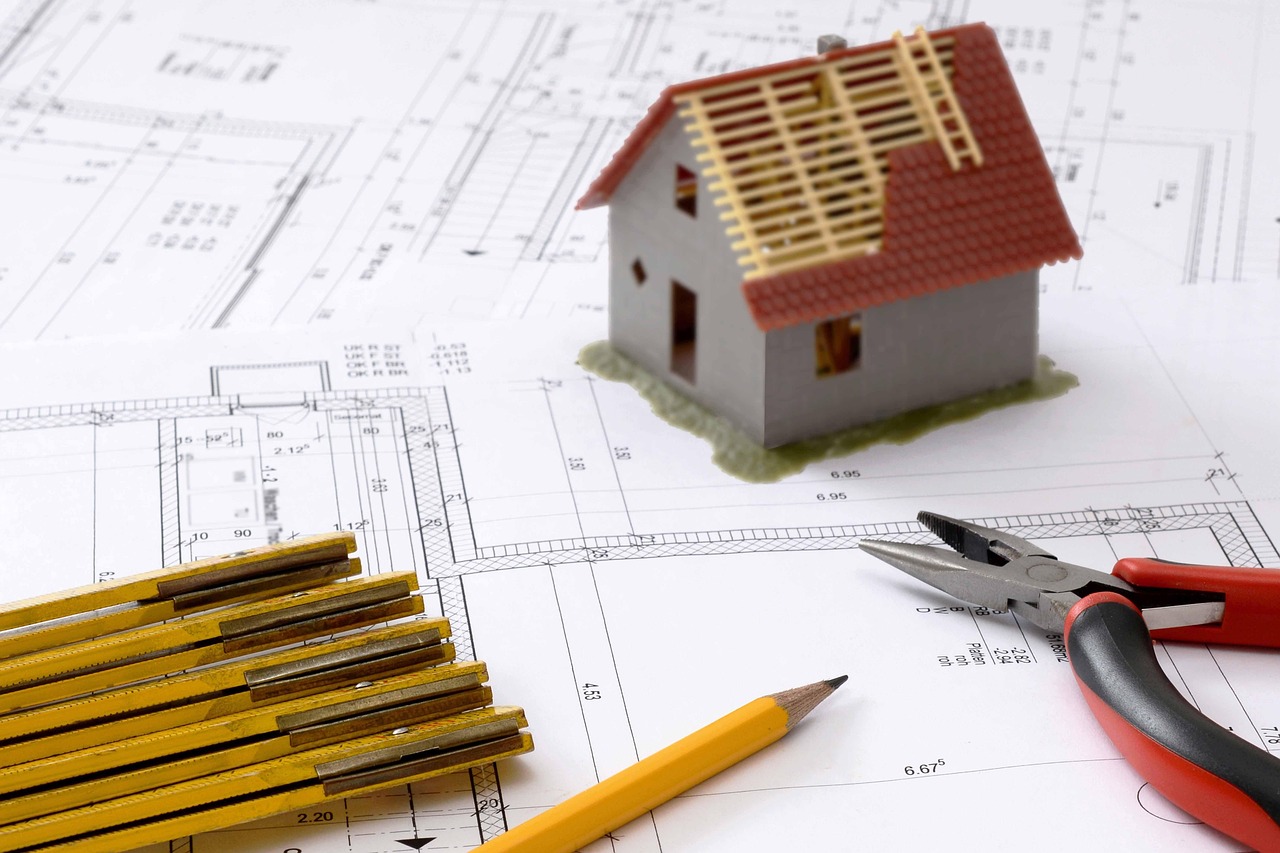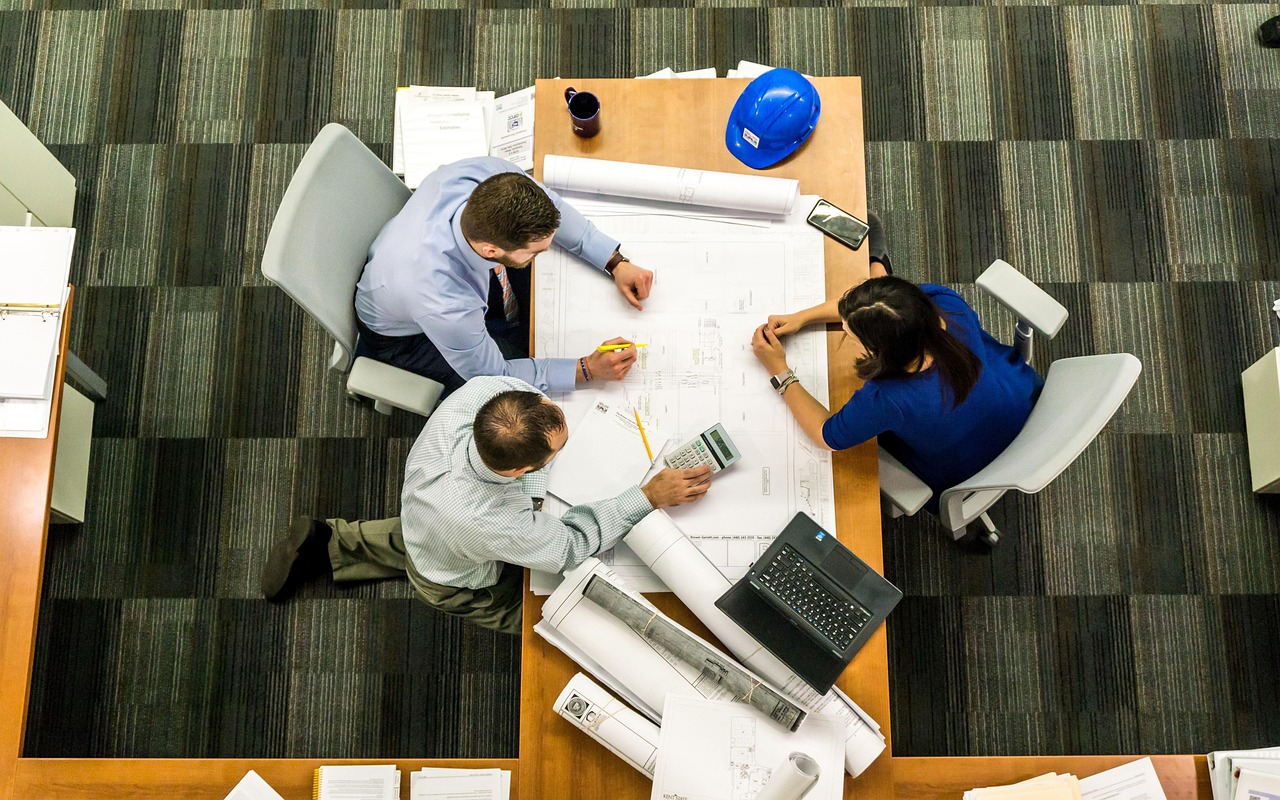3D printing technology is revolutionizing residential construction by offering faster, more affordable, and highly customizable building solutions. Unlike traditional construction methods, 3D printing uses automated machines to layer building materials—such as concrete, composites, or recycled plastics—to create walls and structural components with remarkable precision and minimal waste. This innovation is making it possible to build homes quickly while reducing labor costs and environmental impact.
One of the most significant advantages of 3D printing in residential construction is its ability to produce complex designs that would be costly or impossible with conventional techniques. Architects and builders can experiment with unique shapes, textures, and modular components that enhance both the aesthetics and functionality of homes. Additionally, 3D printing enables on-site fabrication, cutting down the need for transporting materials and speeding up the entire building process from foundation to finishing touches.
Beyond speed and design flexibility, 3D printing is also contributing to sustainability in housing. By using eco-friendly materials and minimizing construction waste, this technology supports green building practices. As 3D printing continues to mature, it promises to address housing shortages, lower construction costs, and enable mass customization—all while pushing the boundaries of innovation in residential construction.












Leave a Reply